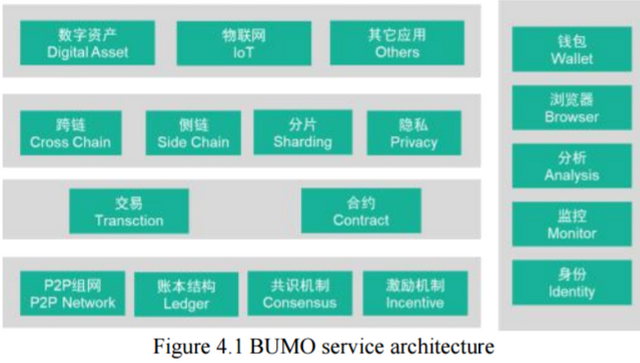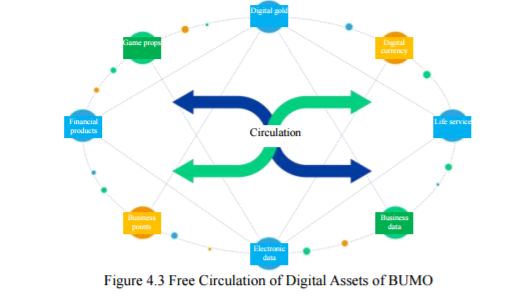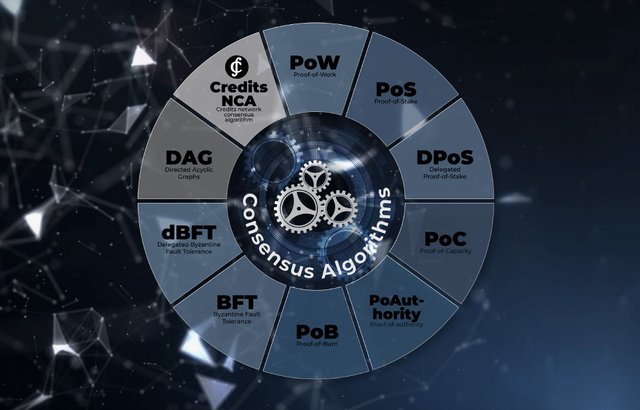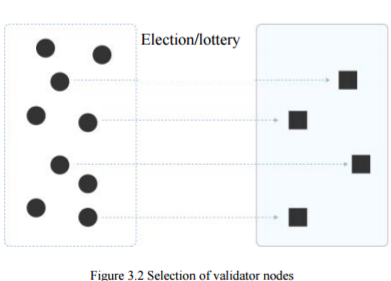Bumo: An ubiquitous trust network powered by blockchain

INTRODUCTION

 One of the greatest innovations of man is the internet; mostly due to its seamless means of transferring all manner of information from one person to another. It is therefore no surprise that a likewise manner of flexibility and ease of value transfer is being sought after for attainment of what is being dubbed "Internet of Values" . Bumo's modus operandi basically revolves around this need as it aims to create an internet of value through an ubiquitous, large scale network of nodes.
One of the greatest innovations of man is the internet; mostly due to its seamless means of transferring all manner of information from one person to another. It is therefore no surprise that a likewise manner of flexibility and ease of value transfer is being sought after for attainment of what is being dubbed "Internet of Values" . Bumo's modus operandi basically revolves around this need as it aims to create an internet of value through an ubiquitous, large scale network of nodes.

The race towards attainment of seamless value flow powered by blockchain unfortunately is being pegged by tailbacks such as :
Transaction processing capability is usually insufficient to match growing demands, as seen evidently in Bitcoin and ethereum blockchains . While the former can process only 7transactions per second, the latter manages an also meagre 15tps which is a far cry from Visa's 24000tps.
High energy consumption required in mining which has almost led to centralisation of miners in areas with cheap electricity.
Lack of cross platform value compatibility since most blockchain applications or ecosystems possess unique tokens thereby making them seem like "value isolated islands" to one another.
Bumo is a value circulated trust network borne out of the growing need to scale the aforementioned barriers,providing a platform that will finally create value liquidity, allowing it to move from one channel to another , as easily as information. Bumo's solution will go a long way in encouraging asset digitisation since lack of value interoperability has been a major stumbling block towards its realisation. Bumo's operation is based upon the two following elements :
- Ubiquitious trust network
- Trustable value circulation
Ubiquitious trust network: The word "Ubiquitious" means widespread, prevalent or omnipresent . What then does an "ubiquitious trust network" depict ?
It simply implies that Bumo runs a credible and efficient network of widespread nodes made possible by its open and autonomous nature. Rather than adopt the use of super computers to act as network nodes, Bumo network allows virtually any smart device to become a node on the network. This method proves to be indeed favourable in terms of power costs implication, node density, no hardware upgrade requirements and uptime. There are 3 node categories in Bumo's ecosystem:
- Node: They are smart devices acting as network participants.
- Candidate node: They are selected from the first N applied nodes; where N is a function of the network's scalability and expected quality of service.
- Validator's node: They are elected from the candidate nodes and are responsible for managing and accounting for network resources.
Trustable value circulation: To run a viable ubiquitious trust network, efficient bilateral communication must be established between machines/devices to attain proper value circulation. A functional service architecture helps nullify value stagnation, as it houses vital elements and features that properly coordinates the free circulation of digital assets. Here's a pictorial overview of Bumo's service architecture .



Here's a video which I made, giving an in-depth review on this project .

 Source
Source
Popular concensus mechanisms such as Proof of Stake, Proof of Work, etc are heavily associated with low transaction speed. You may have wondered at some point why it takes ages for transactions to be validated on the bitcoin blockchain, or perhaps even thought your coins were lost somewhere in the network !
Well the reason is because bitcoin adopts the Proof of Work concensus algorithm in which "the network node must perform computationally intensive operations in order to prove a transaction and add it to the pool, with the output being easily comparable with other results of network computing".| Source
. These computational processes usually takes a lot of time, this resulting in low transaction speed. Proof of stake on the other hand has to do with block validators (network members) rather than miners, though time taken for members to vote for block validation leads to similar results .
Bumo adopts a fresh from the box hybrid consensus algorithm BU Firework termed "DPoS+PFBT" (Delegated Proof of Stake + Practical Byzantine Fault Tolerance) which aims at improving security, scalability and transaction speed . Here are some of BU Firework characteristics :
(1) when selecting candidate nodes, all nodes can apply to be candidate nodes. Generally
speaking, the qualified first N nodes are selected as the candidate nodes.
(2) All nodes in the network can vote for the rights and interests of the candidate nodes, each candidate will get an equity sum C, and the first M candidate nodes will be elected
as the validator node; the voting process may be cyclical or continuous changing mode.
(3) Validator node reaches consensus and completes the blocking validation through
asynchronous BFT algorithm, the function F(S) indicates the weights of validator nodes in
the BFT algorithm, the higher the weights, the greater the chance of getting the block.
(4) To prevent Nothing-at-Stake attacks, when the validator node is proved to be malicious
behavior (signing different blocks of the same height), the deposit managed by the
validator node is forfeited and removed from the set of validator nodes, and corresponding
candidate nodes are selected to enter the new validator node collection.
(5) To prevent the Long-Range-Attack, all validator nodes will enter a deposit freezing
stage when redeeming the deposit, so as to prevent the malicious validator nodes of
redemption deposit from jointly committing the malicious attack system.

Jack is the owner of a big fastfood company with branches across France. Being a crypto enthusiast who firmly believes in mainstream adoption, he does his own bit by paying his employees in Bitcoin . The problem however is that the transactions are often slow and uncoordinated due to low scalability of the blockchain and it's inability to process and validate the large number of payments in good time.
This often caused complaints from employees, forcing Jack to find a way to calm frayed nerves since fiat was never an option for him. Luckily, he learnt about Bumo and through its BU Firework, he was able to deliver secure, efficiency and faster value transfer.

The advent of the internet showed how easily information can be transferred easily and in very short time; fast forward years and now we are at the same junction although this time, an entirely different technology. The need for value to be easily circulated like information is what makes Bumo such a revolutionary project as it will open the blockchain to a world of endless possibilities .
TEAM


To learn more about this project, visit the website or read the whitepaper for a more in-depth review.
This is an entry to originalworks contest
bumotwitter
bumo2018

This post has been submitted for the @OriginalWorks Sponsored Writing Contest!
There is also a bonus CateredContent Event to earn additional Steem!
You can also follow @contestbot to be notified of future contests!
Great article my friend @danielwrites. You explained very well in detail.
I am sure you will be in top 10 in this contest.
Good luck my friend.
Thanks for the kind words my friend :)